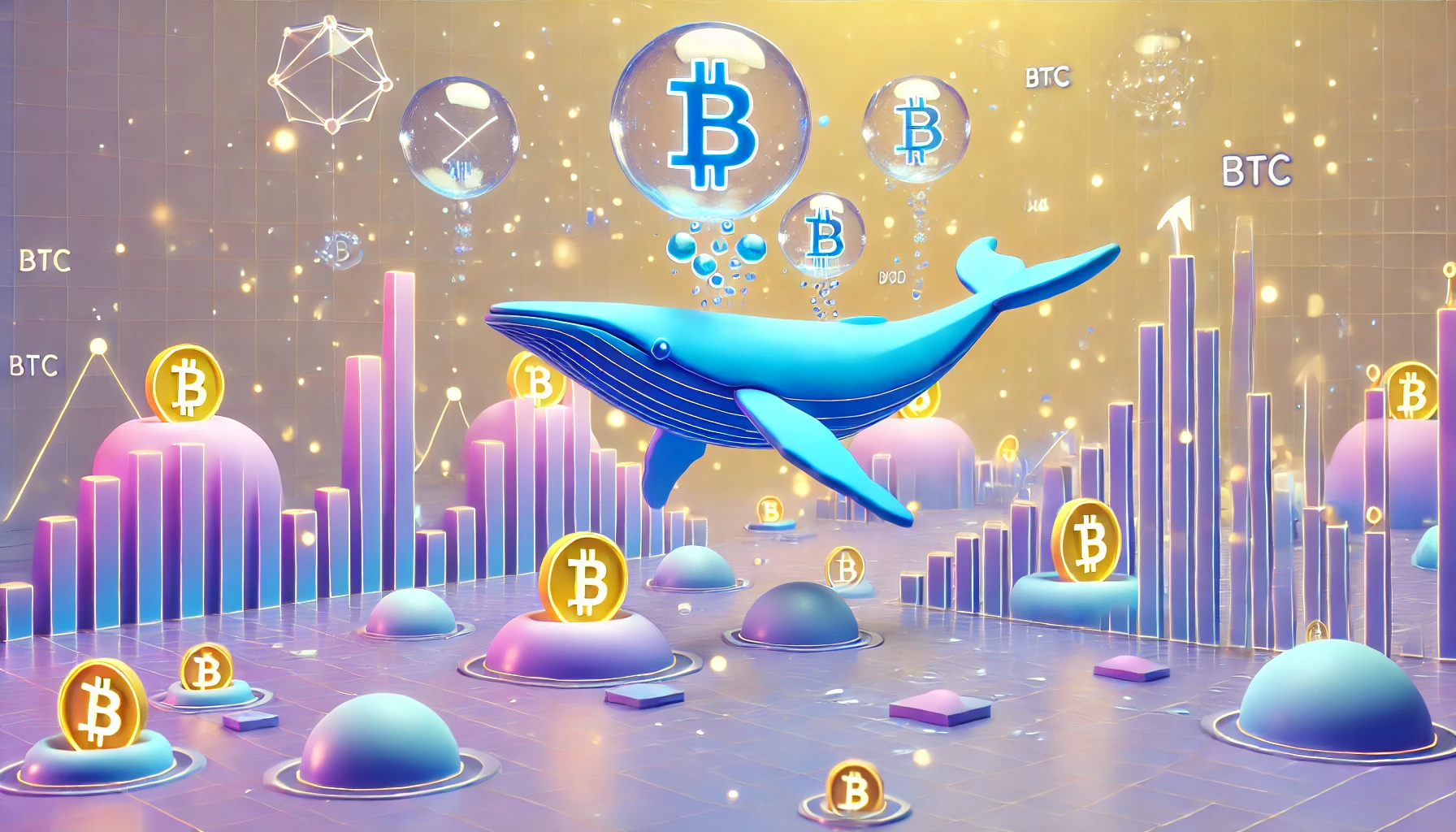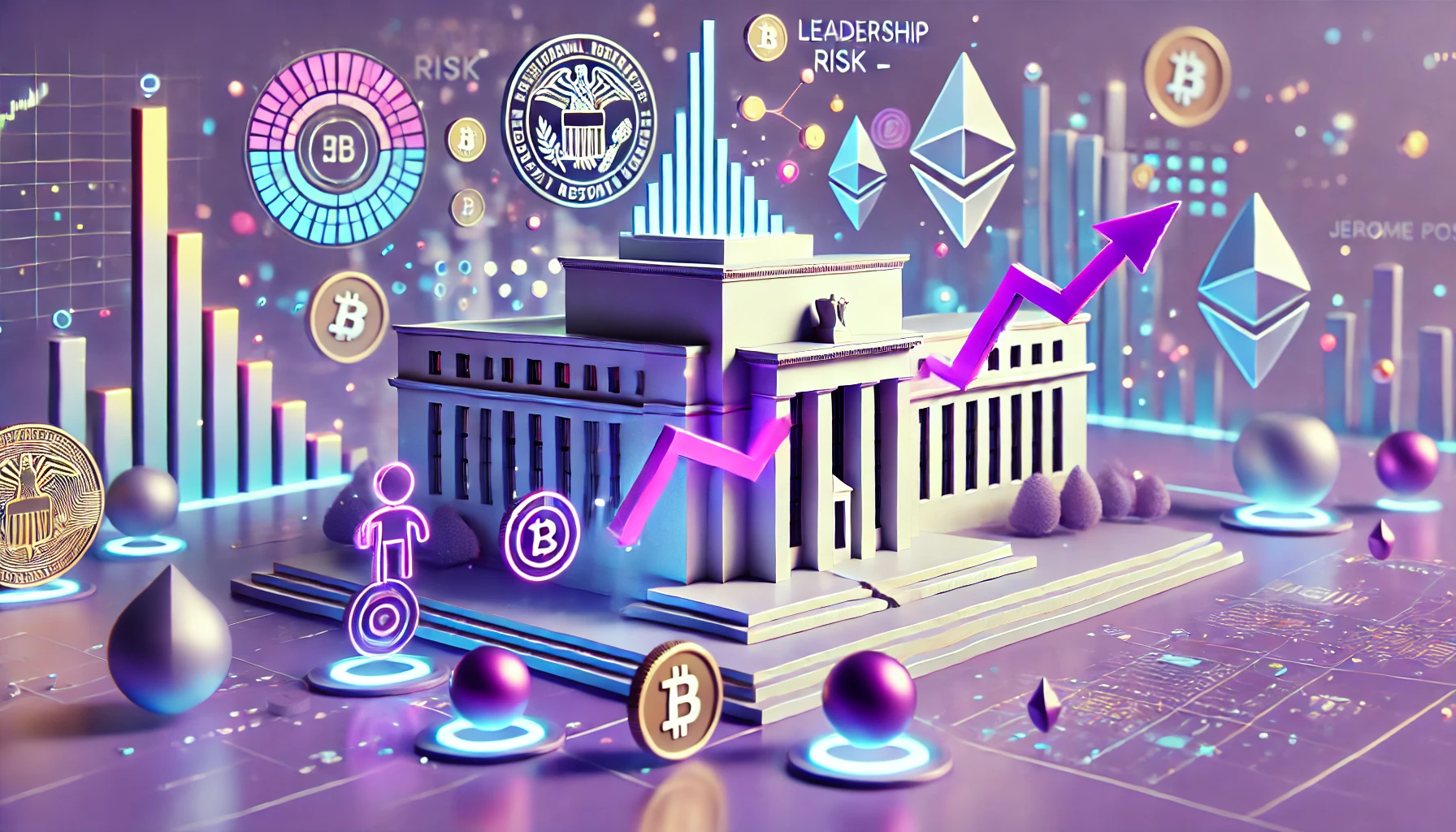The unicorn exchange platform continues to innovate, paving the way for a new way of managing money on the Internet. Its growth can be explained in part by the race to decentralise finance, which is set to cut out intermediaries entirely in the years to come. News of the platform is marked by the success of tokens bearing the image of dogs, which are riding on the wave of Dogecoin.
Uniswap: the DeFi unicorn
What is DeFi?
To understand how Uniswap works and what it can be used for, we need to quickly define the principle of decentralised finance (DeFi).
The Internet has enabled the gradual dematerialisation of media and information. Thanks to the principle of blockchain and cryptocurrencies, it should also have an impact on the world of finance.
Today, when you want to manage your money, you have to go through an intermediary: a bank, for example. Similarly, the blockchains on which the first cryptocurrencies (Bitcoin, Ethereum, etc.) were generated still use intermediaries. For example, the exchange platforms on which the tokens circulate have become very large companies, with a philosophy and operation equivalent to those of banks. Similarly, transactions on these platforms are always supervised by regulatory bodies.
Decentralised finance wants to go even further, by eliminating any form of intermediary during transactions. This vision corresponds to the values of the cryptosphere, which was created with the aim of doing away with institutions and allowing anyone to manage their finances from a simple Internet connection. The new services on offer operate on a peer-to-peer basis (via “smart contracts”), so there are no intermediaries. Accounts and transactions are also entirely private (thanks in particular to “non-custodial” virtual wallets), uncensored and indelible.
What does Uniswap offer?
Created in 2018 using the Ethereum blockchain, Uniswap is both a protocol and an exchange platform, like Kraken or eToro.
However, where the latter are based on a centralised protocol (CEX), Uniswap’s is decentralised (it’s a DEX). The difference lies in two major features:
The way in which user funds are managed as part of a transaction.
The way in which the buying and selling prices of each token are set on the platform.
It should be noted that Uniswap launched its update at the beginning of the month. Uniswap v3 incorporates solutions to speed up transactions, optimise fees and limit user losses.
Innovative cash reserves
Uniswap allows users to keep their funds in their wallet when they want to carry out a transaction. This is a major difference from centralised exchange platforms, which store funds as well as users’ private and public keys. This second category of platforms can therefore be hacked more easily, and can also lose funds as a result of a failure of the system or its managers. Similarly, it is not necessary to communicate one’s private key (or even one’s identity) to Uniswap, and transactions are not currently monitored.
An automated ‘market maker
When it comes to managing supply and demand, Uniswap is not based on the principle of an order book. On centralised platforms, this tool makes it possible to identify and match each buy request with a sell proposal.
To do this, CEXs use market makers. These intermediaries are necessary to maintain a balance between supply and demand: they constantly propose buying and selling prices. In this way, a user looking to buy or sell tokens will always find a suitable offer. A market that maintains these optimal conditions is said to be “liquid”.
With decentralised platforms, there is no order book and no market maker as such. They are replaced by liquidity pools. The principle is simple: liquidity providers supply these pools with tokens in return for a reward. In this way, users wishing to carry out a transaction can tap into the pool. The “market makers” are replaced by a mathematical formula that automatically sets the exchange rates.
Dog-tokens
Uniswap v3 news: the pack is getting bigger
We recently told you about the soaring price of Dogecoin, the altcoin bearing the effigy of a meme. After rising for months, the token experienced an unprecedented crash following comments made by Elon Musk during a sketch broadcast on the ‘Saturday Night Live’ talkshow. The star has always had a strong influence on the price of Dogecoin. In fact, he is suspected of holding 28% of the DOGE in circulation.
This has not deterred the “doge-killers”: replicas of the altcoin continue to multiply, and are exchanged mainly on Uniswap. Their project is just as ironic and unserious as that of their model.
Among the pack, Siba Inu (SHIB) stands out. It topped the Uniswap v3 rankings when it was launched on 5 May, and currently occupies 8ᵉ place among the most traded tokens on the platform. The SHIB/WETH pair still tops the Uniswap v2 rankings (which are still online), reaching a surreal trading volume (around €510 million).
Other ‘doge-killers’ closely following the Shiba Inu and dominating the top 10 places in the Uniswap v2 rankings are Akita Inu (AKITA), Kishu Inu (KISHU), Doge Killer (LEASH) and Dogelon Mars (ELON).
Conclusion
A pioneer in decentralised finance, the Uniswap platform recently exceeded 10 billion in weekly trading volume. It is now in a position to compete with centralised platforms such as Kraken or eToro, which is proof enough of the current craze for decentralised finance applications. At present, however, the tokens most traded on the platform are far from lending credibility to the dematerialisation of finance. Shiba, Kishu and Akita dominate the rankings, with projects as far-fetched as their model, Dogecoin. And as with the latter, we advise against investing in these ‘dog-tokens’, whose price depends almost entirely on the media and social networks.














